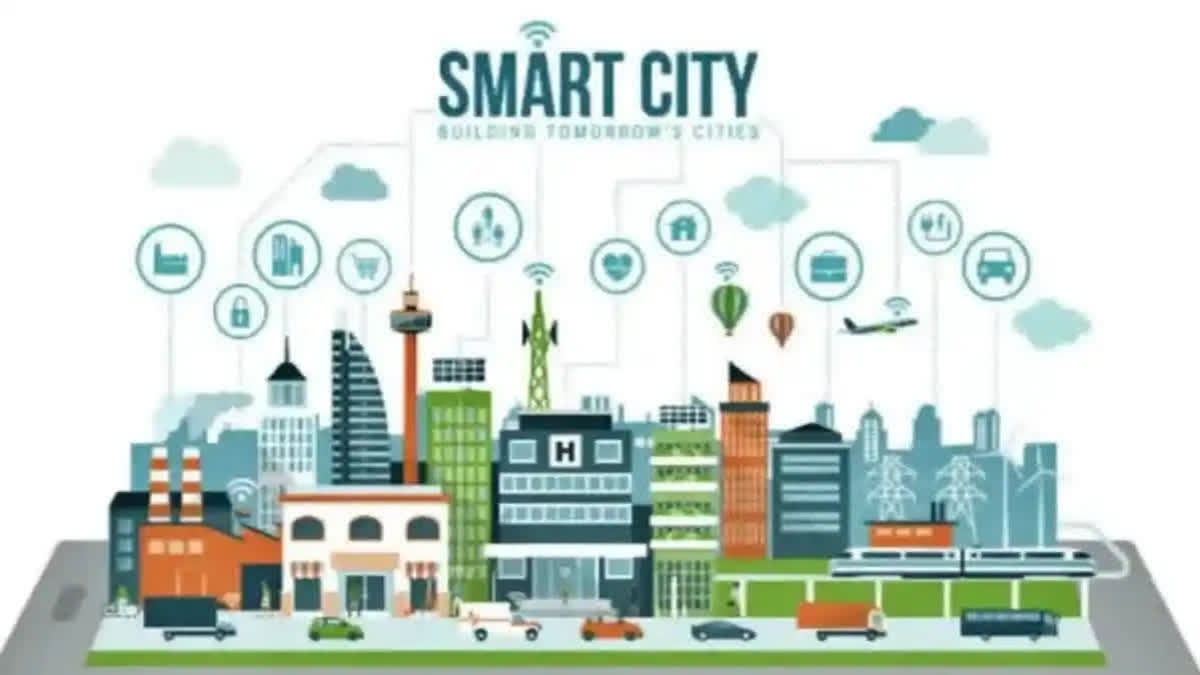New Delhi: The Ministry of Housing and Urban Affairs (MoHUA) has been planning to include more Tier 2 cities (located between 50 and 100 km from the capital and tourist cities) in the next phase of India’s Smart City Mission. According to a government official, the move will not only decongest the capital cities, but also act as a fillip factor for Tier 3 cities for their growth.
In fact, officials from MoHUA in a recent meeting with a Parliamentary Committee on Housing and Urban Affairs have also said that the inclusion of more Tier 2 cities will be chalked out in the next phase of the Smart City Mission.
Indian cities with a population of 50,000 to 99,999 are termed Tier 2 cities. These cities are considered emerging urban centres, which experience significant growth in economic activities such as employment, investment, trade, research, and education. On the other hand, Tier 3 cities in India are smaller urban centres with populations between 20,000 and 49,999.
The officials informed the committee that 66 of the 100 selected cities in Smart Cities Mission have populations of less than 10 lakhs. Furthermore, 46 cities have a population of less than five lakhs.
According to the officials, these smaller cities have lesser planning and implementation capacities. “The Smart Cities Mission guidelines, which adopted the Special Purpose Vehicle (SPV) model of implementation have helped these cities in particular to implement multi-sectoral projects within a limited time frame. We have noticed that the projects undertaken by the smaller cities are equally diverse and challenging. Furthermore, the project completion in smaller cities is almost equal to the bigger cities. This allows us to infer that the SPV structure has improved planning and implementation in the Smart Cities and can act as a model for other cities,” the officials informed the committee chaired by Lok Sabha MP Magunta Sreenivasulu Reddy.
Established under the Company’s Act 2013, SPVs were set up in each of the 100 smart cities to plan, appraise, approve, release funds, implement, manage, operate, and monitor smart city projects. These SPVs have the funds, autonomy, and talent to deliver complex urban development projects. All 100 smart cities (including big and small cities) are extensively using emerging technologies in urban management.
“This is revolutionising urban development and management, and smart cities have proved to be the vanguards of this change. Throughout the Smart Cities Mission, many SPVs have catalysed urban data, technology, and innovation ecosystems that will further mature over time,” MoHUA officials informed the parliamentary committee.
It was June 2015, Prime Minister Narendra Modi launched India’s first smart city mission. Till date, work orders have been issued in 8,066 projects amounting to Rs 1,64,669 crore, of which 7,352 projects (91 per cent of total projects) amounting to Rs 1,47,366 crore have been completed under the Smart Cities Mission.
